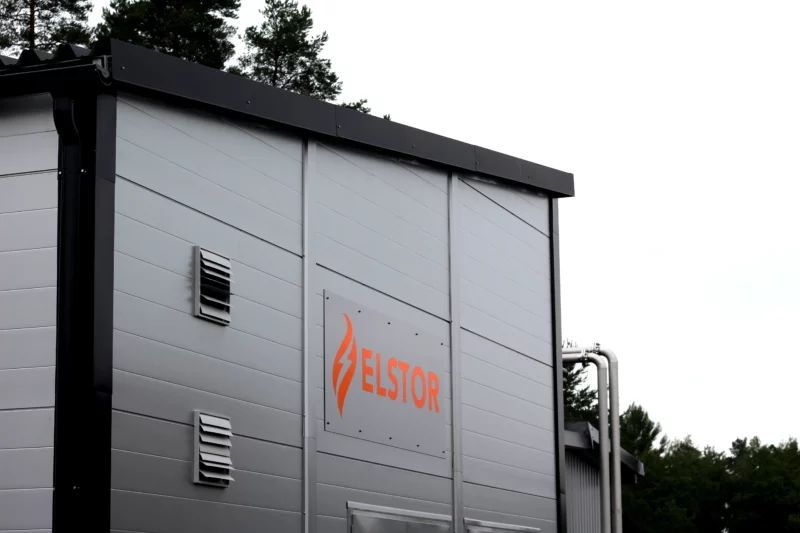Renewing the steam production
Industrial process steam production currently relies heavily on fossil fuels. For a long time, fossil fuels such as natural gas…

Industrial process steam production currently relies heavily on fossil fuels. For a long time, fossil fuels such as natural gas or fuel oil have been the only economically viable options for steam production. In this article, we will explore the economic aspects and environmental impact of using fossil fuels.
Flexibility to the production process
The consumption profile of process steam is usually highly variable but often concentrates on working hours of the day. With fossil fuels, the steam boiler is often operated at an operational level even when there is no immediate need for steam. The inflexibility of production increases energy consumption, costs, and, most importantly, the amount of wasted energy.
An example of outdated steam production
Let’s examine this through a hypothetical case. Consider an imaginary industrial facility with an annual consumption of 350,000 liters of light fuel oil for steam production. This is equivalent to about 2,800 MWh of steam production at an 80% efficiency rate. The actual steam requirement for the facility’s processes during the year is approximately 2,200 MWh. The difference between steam production and actual demand is due to the poor flexibility and adjustability of the oil boiler.
Burning 350,000 liters of light fuel oil annually results in approximately 920 tons of carbon dioxide emissions. These emissions are comparable to the annual emissions of about 570 gasoline-powered cars. In Finland in 2023, light fuel oil cost an average of 1.17 € per liter without value-added tax. With this average price, the energy costs for steam production alone would have been about 410,000 €.
Other commonly used fuel in steam production is natural gas. For natural gas, the corresponding figures would be 620 tons of carbon dioxide emissions, and with the 2023 average price of about 87 €/MWh, the energy costs would amount to 244,000 €.
Additional costs from carbon trading
The internal emission trading system in Europe is becoming more widespread and affects an increasing number of businesses. Reducing emissions is a crucial goal both economically and environmentally. In 2023, the average price per ton of carbon dioxide in the European emission trading system was approximately 90 €. Therefore, the value of burned oil emissions in the emission trading system would be about 80,000 €.
Instead of producing steam by burning oil, creating the required steam amount, and wasting excess, we can generate electricity to precisely meet the process’s steam needs. Rather than running an electric boiler whenever there’s a need, we can shift consumption to the low-cost hours and produce steam on demand. By doing so, we reduce the environmental impact, alleviate the strain on the power system, and contribute to creating flexibility in the electricity grid.


